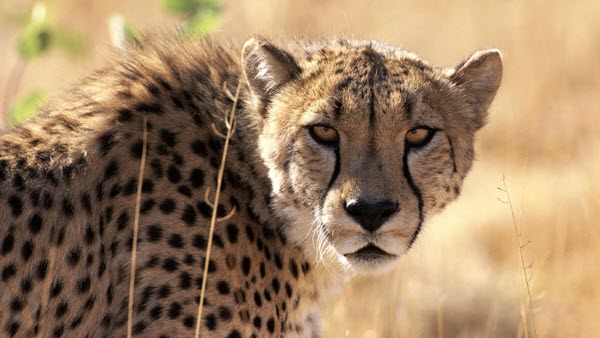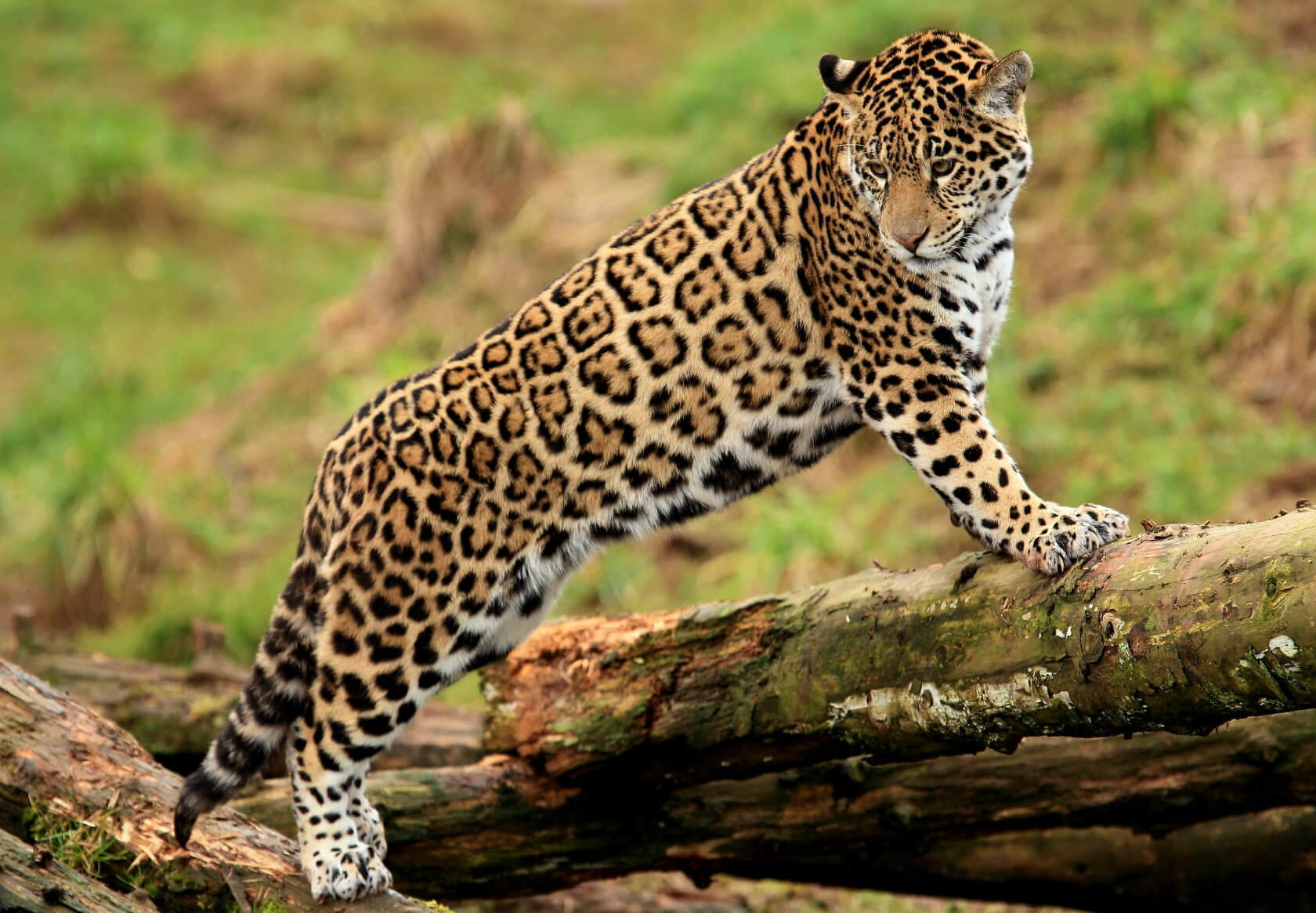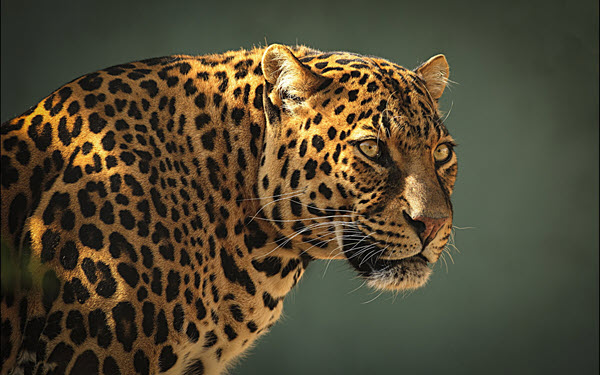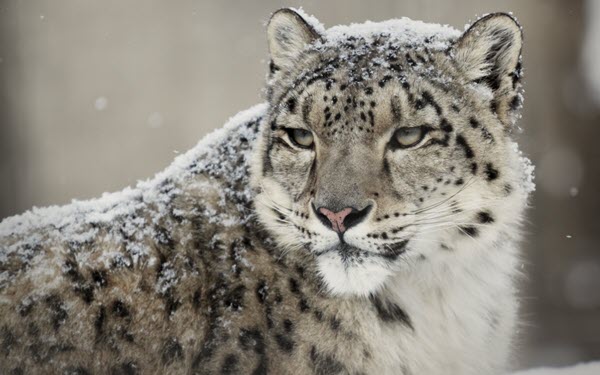Big cats include the jaguar, tiger, lion and leopard – large wild cats that roar. It is also a term that is used to describe the cougar (mountain lion/puma), clouded leopard, snow leopard and cheetah. Every big cat has unique characteristics. Here are some fun big cat facts:
Cougar Facts
- The cougar has many names, including puma, mountain lion and panther
- It is the second heaviest big cat (the jaguar is the heaviest)
- Cougars can be found throughout Central, North and South America
- The cougar is more closely related to smaller wild cats (and even domestic cats) than the lion.
- There are over 30 different subspecies of cougar
- Read more about the cougar.
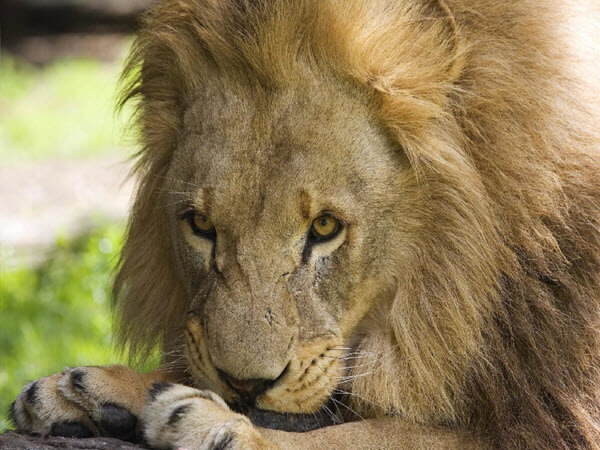
Lion Facts
- Lions are the second largest wild cat in the world.
- Female lions generally live longer than male lions.
- Female lions also do most of the hunting
- A lion’s roar can be heard up to five miles away.
- Read more about lions and Asiatic lions.
Tiger Facts
- Tigers are the largest wild cat in the world.
- Every tiger has a different tiger stripe pattern.
- Tigers are extremely good swimmers.
- More tigers are now kept as pets than live in the wild.
- Read more about tigers.
Cheetah Facts
- Cheetahs are the fastest land animal in the world.
- Cheetahs generally hunt during the day, unlike lions and leopards.
- Cheetahs don’t see very well at night, but during the day can spot prey up to 3 miles away.
- The number of Cheetahs in the wild have declined 90% in the last century.
- Read more about cheetahs.
Jaguar Facts
- The word jaguar means “he who kills with one leap”
- The jaguar is the largest cat in North and South America.
- The jaguar is the third largest wild cat species.
- Jaguars like to swim in streams.
- Read more about jaguars.
Leopard Facts
- A leopard can carry extremely heavy prey up to 100 lbs. – approximately twice its weight.
- Leopards can be found in more places throughout the world than any other wild cat
- Leopards climb trees with speed and agility.
- They will often sit on a shady tree limb during the day to keep out of the sun.
- Read more about leopards.
Snow Leopard Facts
- A snow leopard can leap as much as seven times the length of their own body – around 50 feet.
- The snow leopard’s wide, furry feet act as snow shoes.
- A snow leopard can kill prey three times its weight.
- Snow leopard populations are on a dramatic decline due to poaching.
- Read more about snow leopards.
Amur Leopard Facts
- The Amur leopard is a solitary and nocturnal wild cat.
- The Amur leopard is also known as the Manchurian leopard, Far Eastern leopard and Korean leopard.
- The Amur leopard is dangerously close to extinction, with less than 30 living in the wild.
- The Amur leopard has a long, thick coat of hair that grows almost an inch long during the summer.
- Read more about the Amur leopard.
Clouded Leopard Facts
- The clouded leopard is considered an evolutionary link between big cats and small wild cats
- Clouded leopards have long canine-like teeth and short, sturdy legs.
- Clouded leopards are extremely good climbers.
- Clouded leopards sleep in trees during the day and go hunting at night.
- Read more about clouded leopards.
Sunda Clouded Leopard Facts
- The Sunda clouded leopard has been recognized as a separate species since 2006.
- The clouded leopard and Sunda clouded leopard are the smallest big cats.
- The Sunda clouded leopard can be found in Borneo and Sumatra.
- Both the clouded leopard and Sunda clouded leopard are usually only seen at night.
- Read more about the Sunda clouded leopard.
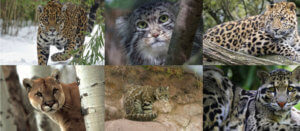
Wild Cats
Wild cats first appeared on earth 25 million years ago during the Oligocene epoch when tropical forests decreased in size, grasslands expanded and the ecosystems we are familiar with today began to emerge. History The wild cats we see today come from a common ancestor that first lived in Asia during ...

Small Wild Cats
"Most of these cats are endangered and many are at the point of near extinction. These little guys are in need of first, recognition, and on a larger scale, funding to provide research and breeding facilities.” Ian Anderson (musician, Jethro Tull) - Small Wild Cat Advocate Small wild cats can ...



